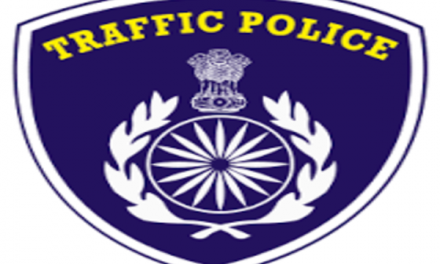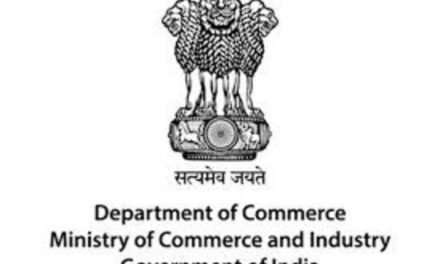The Indian Space Research Organisation (ISRO) on Thursday successfully launched communication satellite CMS-01 onboard launch vehicle Polar Satellite Launch Vehicle (PSLV-C50). This is the second satellite launched by the space organization amid the prevailing coronavirus (Covid-19) outbreak.
Also read: Air India Offer: 50% discount on airfare for senior citizens flying on domestic routes
The CMS-01 is envisaged to provide services in the Extended-C Band of the frequency spectrum whose coverage will include the Indian mainland, Andaman-Nicobar, and Lakshadweep Islands, according to news agency ANI. The satellite will be the first in a new series of communication satellites by India after the GSAT and INSAT series.
“Communication satellite CMS-01 onboard the Polar Satellite Launch Vehicle (PSLV-C50) is scheduled from the Satish Dhawan Space Centre (SDSC) SHAR in Sriharikota today,” Isro had earlier said adding that the fuelling process of the launch vehicle had been completed.
#PSLVC50 lifts off successfully from Satish Dhawan Space Centre, Sriharikota#ISRO #CMS01 pic.twitter.com/9uCQIHIapo
— ISRO (@isro) December 17, 2020
This will be the 77th launch vehicle mission from SDSC SHAR and the new satellite would replace the GSAT-12 in the orbit, which was launched in 2011.
On November 7, Isro had launched the 51st mission of the Polar Satellite Launch Vehicle (PSLV) on Saturday. The carrier vehicle PSLV C49 had delivered 10 satellites in all with EOS-01 as the primary one. The EOS-01, an earth observation satellite, is intended to provide agriculture, forestry, and disaster management support.
“CMS01 successfully separated from the fourth stage of PSLV-C50. PSLV-C50 successfully injected CMS01 communication satellite precisely in predefined orbit. The satellite is functioning very well and will be placed in a specified slot in another four days. Teams worked very well and safely under COVID-19 pandemic situation,” said ISRO Chairman Dr. K Sivan.
CMS-01 is the 42nd communication satellite of the space agency and it is envisaged for providing services in Extended-C Band of the frequency spectrum covering India, Andaman and Nicobar, and Lakshadweep islands.
PSLV-C50 is the 22nd flight of PSLV in ‘XL’ configuration (equipped with six strap-on motors), and the launch would be the 77th launch vehicle mission from Sriharikota, about 120 km from here.
It follows the successful launch of the PSLV-C49 (EOS-01) earth observation satellite and nine customer spacecraft on November 7 which was ISRO’s first mission of the year amid the COVID-19 pandemic.
Mean-while, India recorded 24,010 fresh COVID-19 cases on Thursday, while the national recovery rate stood at over 95 percent, according to data updated by the Union Health Ministry today.
India’s coronavirus caseload mounted to 99,356,557 with 24,010 infections being reported in a day, while the deaths rose to 1,44,451 with 355 new fatalities, the data updated at 8 am on Thursday showed.
There are 3,322,366 active coronavirus infections in the country which constitute 3.24 percent of the total caseload, the data stated.
Meanwhile, Professor Randeep Guleria, the chief of Delhi’s prestigious All-India Institute of Medical Sciences told NDTV on Wednesday that it could take up to six months before a sufficient number of people could be vaccinated to break the chain of coronavirus transmission and another six months before life could get close to the pre-Covid days.
“I’m hopeful that in the next six months, we will have two things. A sufficient number of people who have got the infection and recovered and have some kind of immunity and people who will get the vaccine,” Professor Guleria told NDTV. Together, they should break the chain of transmission of the virus, he added.
Also read: WHO’s International experts team seeking covid-19 origin to go to China in January











